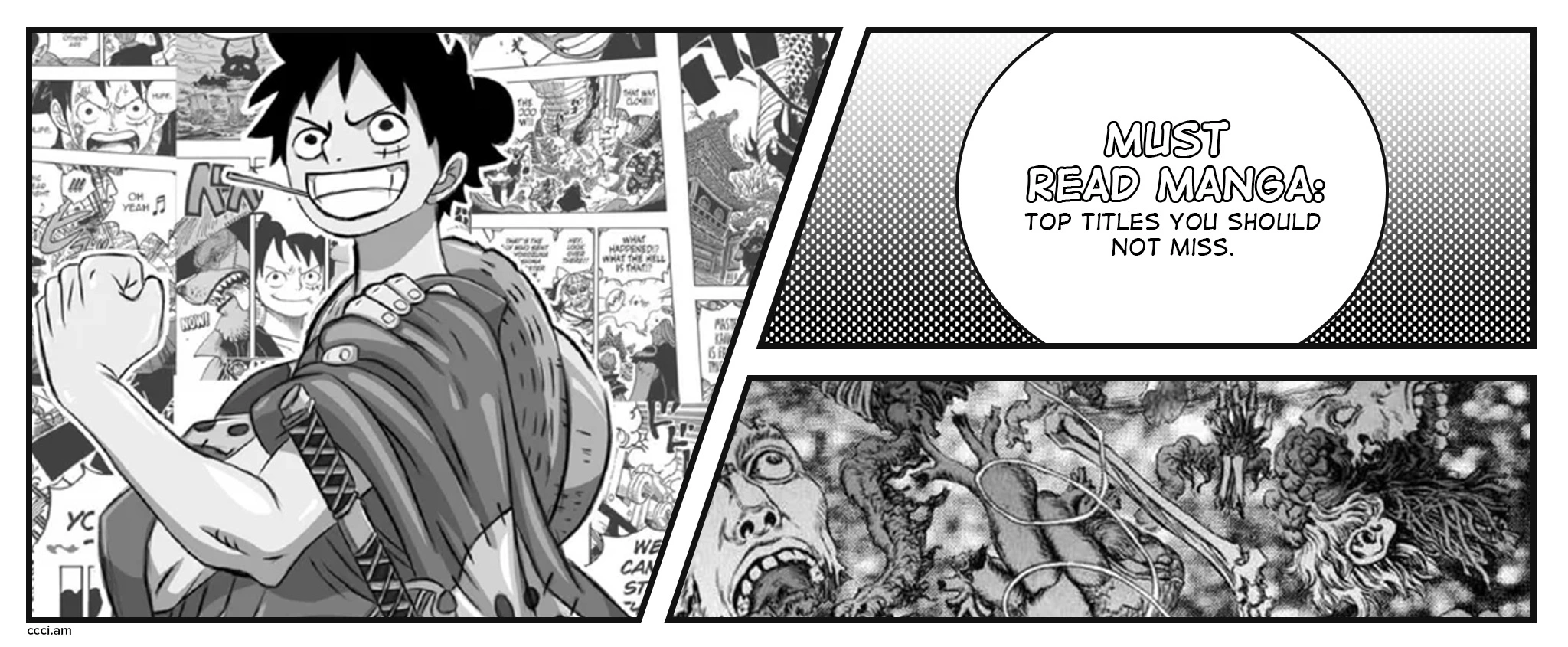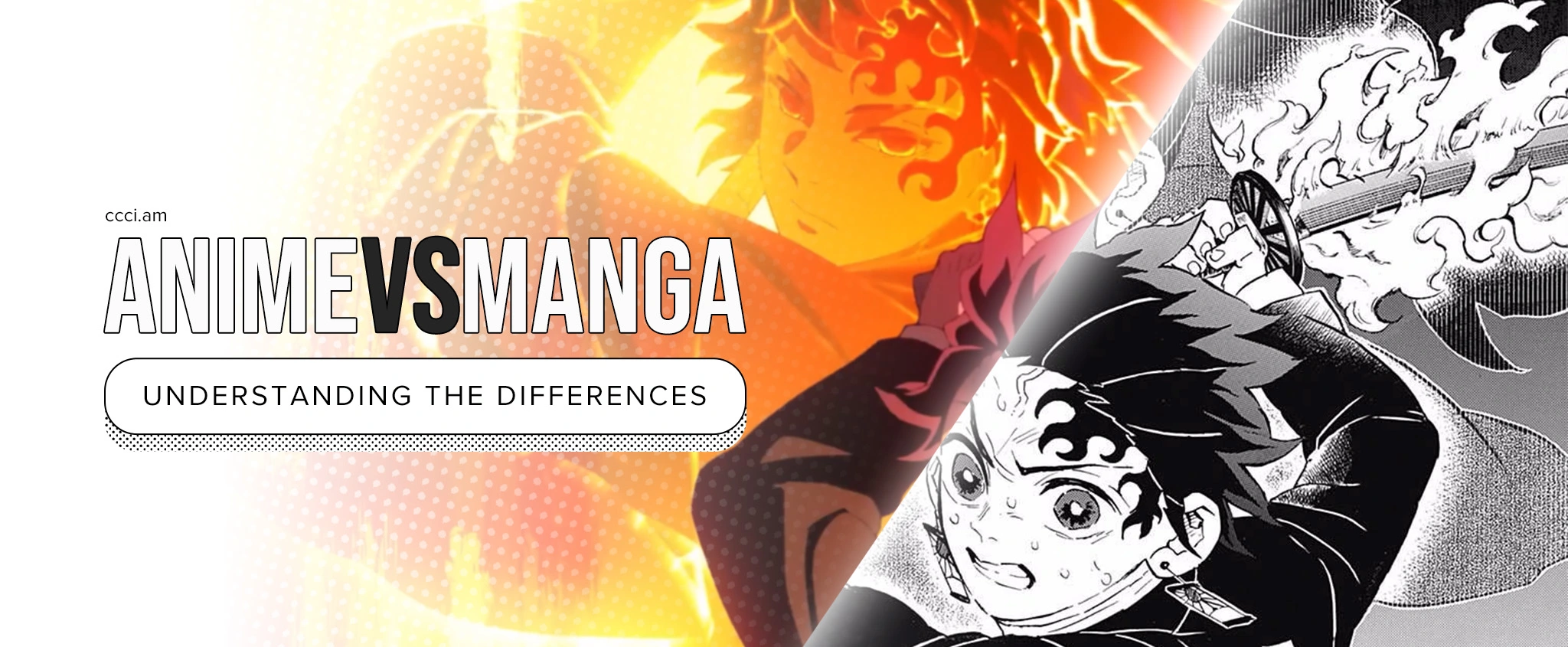Comic Book to Webtoon Conversion
Key Takeaways:
- Comic books can be traced back to political cartoons and comic strips which have been collected and reprinted.
- Webtoon conversion helps significantly expand the readership of comic books, manga, and similar forms.
- The webcomics market was USD 7.13 billion in 2023 and is expected to hit USD 13.04 billion in 2032.
- The popularity of webtoons continues to rise in the age of digital comics, so digitization, colorization, and verticalization among other features are keys to a hit comic.
Table of Contents:
- Comic Books and the Digital Age
- Hello, Webtoons!
- Webtoonizing Your Comics for the Digital Age
Surely, everyone is familiar with comics. Thousands flock to comic conventions and comic markets in different countries. Bearing various content, from political commentaries to high school romance, comic books are one of the influential genres in literature. Originally, they were published and distributed in print. But comic to webtoon conversion has become a necessity if creators want to reach more audiences in the digital age. One aspect of this conversion is changing the reading format from horizontal to vertical. This makes reading much friendlier for smartphone users. Another would be investing in comic coloring services to improve readability. Check out this brief history of comic books and the reasons why conversion into digital comics is a crucial practice today.
Comic Books and the Digital Age
Comics in terms of history, style, and topics differ from country to country. And three main types are popular worldwide: American comics, Japanese manga, and Franco-Belgian comics. The Korean manhwa is also a noteworthy mention. This is because the webtoon format has revolutionized our production, distribution, and consumption of comics. We will learn more about the connection between manhwa and webtoon shortly.
Comic books are known to be collections of comic strips. Their origins can be traced to political cartoons and comic strips that were compiled and reprinted. There are also older forms which are said to be precursors of the modern comics. But the comics we know today have been greatly influenced by the socio-political conditions from the 1900s onward, such as World War I and II.
American Comics
American comics, or “floppy comics,” became popular when Action Comics introduced Superman to the world in 1938. In the Golden Age of Comic Books that followed, which lasted until the end of WWII, superhero stories like Batman by DC Comics and Captain America by Marvel Comics came into being. American comics also influenced modern manga as GIs stationed in post-war Japan brought the comics along with them.
As television became widespread and conservative values rose, American comics experienced a decline. The new Comics Code Authority in 1954 also contributed to this as restrictions were established to regulate the content of comics. In the 1970s, the Comics Code Authority became more relaxed. It was also then that environmental protection, social justice, and addiction rehabilitation became popular themes in the comics.
Japanese Manga
Japanese manga (lit. “aimless picture”) is linked to the Edo Period of Japan (1603–1867) when humorous drawings similar to those of 12th and 13th-century scrolls were bound together. Modern manga is typically printed in black-and-white and is rich in accounts of Japanese culture and history. It is also read from right to left.
Manga boomed in post-war Japan, its form and themes influenced by American comic books. Later, the popularity of manga in America rose following the soaring popularity of anime. Titles such as One Piece, Detective Conan, and Naruto continue to grow their fanbase today.
Franco-Belgian Bandes Dessinées
If you are familiar with The Adventures of Tintin, then you are familiar with “one of the earliest proper Belgian comics.” Franco-Belgian comics, or “Bande Dessinées,” were preceded by text comics. Speech bubbles were not yet popular in Europe, so cartoons were accompanied by captions below them. In the early 1900s, comic strips were published in newspapers and some were also distributed to children. Bécassine was among the popular ones at that time and is still a known figure in Brittany until now. A few years after WWI, Alain Saint-Ogan, among other artists, popularized speech bubbles and other American techniques. Three styles are used in Bande Dessinées: realistic style, comic-dynamic style, and ligne-claire style.
Korean Manhwa
Korean manhwas have been popular since the 1930s and are directly influenced by Japanese manga. Modern manhwa has its roots in political and social commentary. The cartoons that preceded it were suppressed during the Japanese occupation.
Unlike manga, manhwas are read from left to right. In addition, it features characters with realistic bodies but unrealistic faces, as well as realistic clothing and complex backgrounds.
Manhwa was able to establish its own identity in the 1950s. This was when artists explored Korean culture, as well as action and fantasy genres. Manhwas are better known now for their digital versions: webtoons. We will get into that in a bit. Many may be familiar with Solo Leveling, Itaewon Class, and What’s Wrong With Secretary Kim? which have now been adapted into an anime or drama.
The Internet and the Age of Digital Comics
The internet became a significant factor in the rising popularity of comics. Manga readers, for example, have found manga more accessible thanks to e-commerce and fan translations. But although the latter boosts popularity, unofficial translations remain an ethical issue even today. Nonetheless, thanks to the internet, more and more people are able to access digitized comics anytime and anywhere. Fortune Business Insights reports that in 2023 the webcomics market size was USD 7.13 billion. And it is expected to reach USD 13.04 billion by 2032.
To reach more people, publishers like Marvel, DC Comics, Dark Horse, and Shueisha have made their comics available online. On some sites, a user can toggle between a horizontal or vertical format, the latter being ideal for smartphone and tablet reading.
Without a doubt, vertical comic production and comic verticalization services are certainly an investment today.
Hello, Webtoons!
In the late 1990s, artists in South Korea were experimenting with online comics and web-based platforms. In fact, webtoons were initially inspired by manhwa. Early webtoons documented the mundane and ordinary in South Korean society. In 2004, Daum Comics World, home of the first serialized webtoon, Love Story by Kang Full, was launched. A year later, Naver Webtoon was launched. Webtoons have become popular ever since. In 2013, the platforms launched “Page Profit Share” (PPS) and pay-to-read services, granting creators a fair share of advertising revenue.
Converting traditional comics to webtoons undergo the following processes:
- Digitizing Content: Comics are scanned or redrawn to acquire high-resolution digital files that can be edited and formatted for webtoon platforms.
- Adapting to Vertical Format: Panels are reformatted for vertical scrolling, but only the layout is changed, not the story.
- Optimizing Artwork for Screens: Colors are added or enhanced in webtoons so that they are clear and vibrant on screens.
- Incorporating Webtoon Features: Music, sound effects, and animations may be incorporated to enhance the reading experience in webtoons.
- Editing Before Publishing: Drafts undergo thorough rechecking to make sure there are no inconsistencies and other errors.
Manga publishers have been tapping into vertical scrolling manga production for quite some time. Shueisha has even launched Jump Toon in mid-2024. Shueisha’s recognition of the rising popularity of webtoons starts relevant conversations on manga to webtoon conversion. Should publishers consider investing in manga verticalization services and manga coloring services for existing titles too?
In addition to verticalization, manga coloring services help make the works appeal to webtoon readers. This way, manga takes on a newer form, and manga readership extends to more audiences.
Webtoonizing Your Comics for the Digital Age
If vertical scrolling manga production is the trend, then it is time to give traditional versions a second life.
Webtoonizing your comics goes beyond coloring and changing the layout. It also provides a new and interactive way for readers to consume stories. The vertical scroll format makes for continuous and suspenseful storytelling. This is something rare in traditional comics as the scenes in every page are almost always complete already. Combined with coloring, animation effects, and sound effects, webtoons heighten tension and the readers’ immersion in the work.
Webtoons also allow direct interaction with the readers through comments and other feedback mechanisms. This helps build the community surrounding the work. It also provides creators a basis for the direction of the next episodes. Aside from that, creators also benefit through monetization strategies. These include ad revenues, pay-per-episode models, and premium subscriptions, which provides creators with stable income.
In the digital age, the internet is the door to many opportunities. Webtoonizing your comics extends your legacy as a creator to cyberspace.
Finding the right people to provide comic coloring services and comic verticalization services is the key to success. Luckily, CCCI provides both, making comic to webtoon conversion as quick and convenient as ever.
Our professional team has handled volumes and volumes of manga, so you can be sure we know our way around the craft. Manga to webtoon conversion does more than simply make stories readable on your phone. Leave the job to our manga verticalization services and manga coloring services. As you focus on bigger concerns, we will work on providing you leveled-up versions of your works. When we are done, you will find a clean, colored, and vertically formatted rendition of your work that is both high-quality and affordable.
CCCI understands the value of art like this and the impact it can have on each one of us. In addition to these services, we also have experts in translation, typesetting, and animation.
We are ready to work with you on your next project.
Tell us about it! Contact us today.






